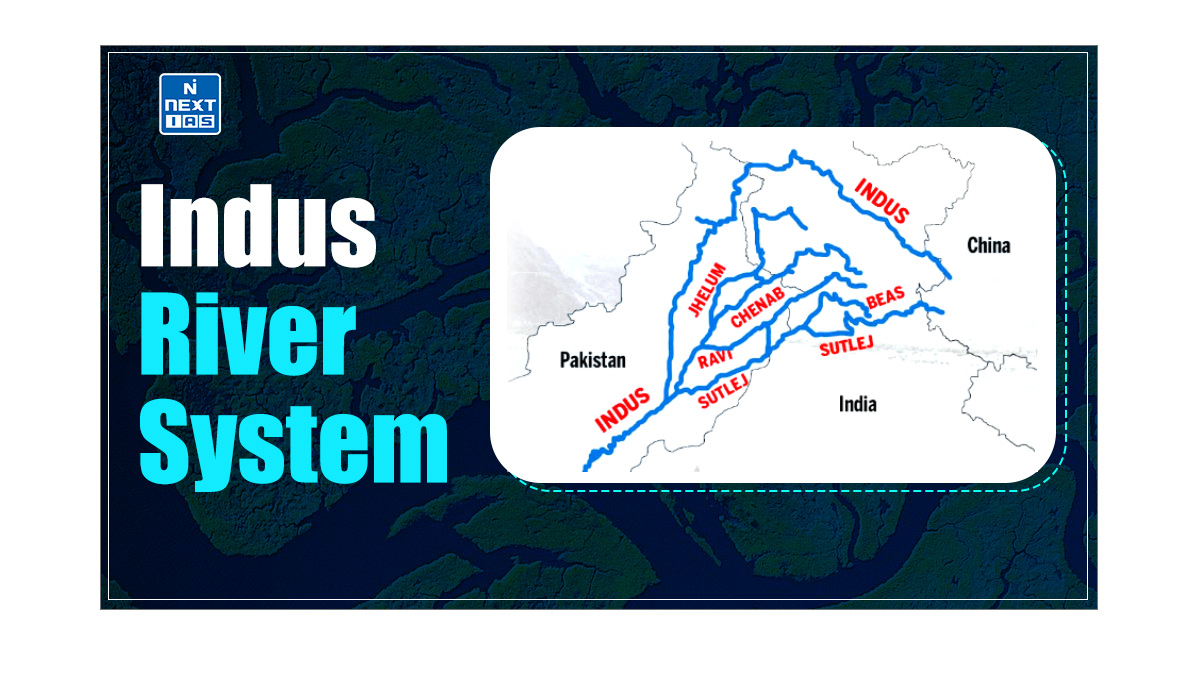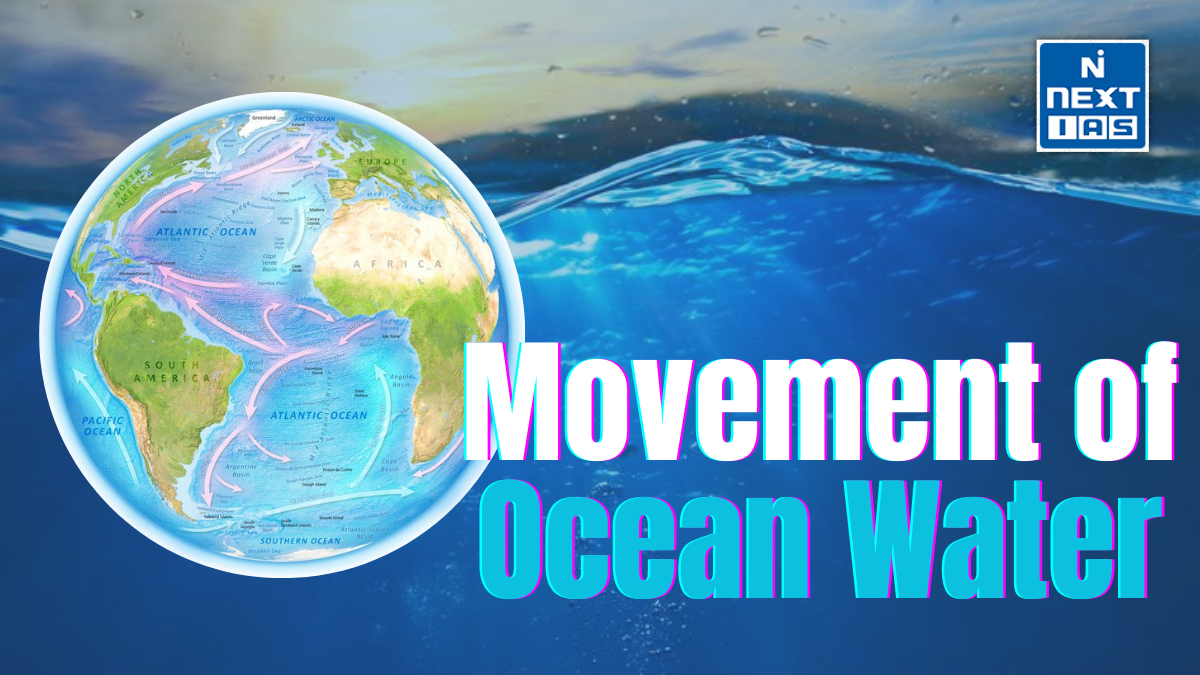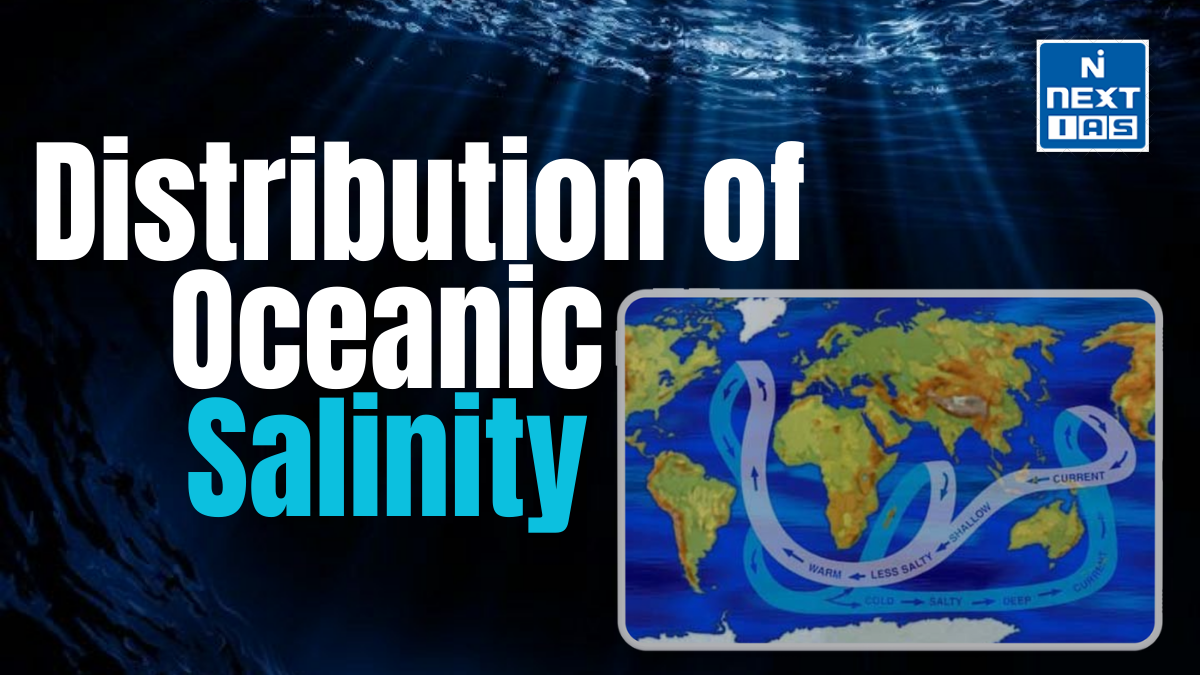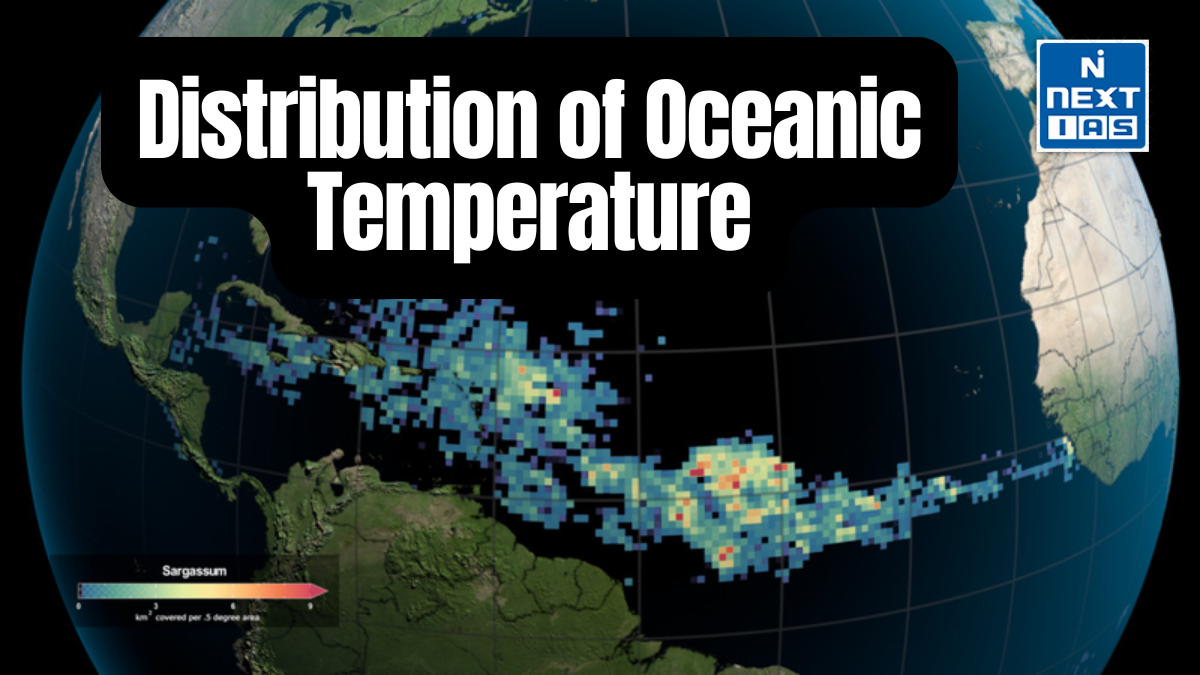
The Blue Revolution marked a transformative period in India’s fisheries sector, propelling the nation to become one of the world’s leading producers of fish and aquaculture products. It has significantly boosted fish production and export, enhancing food security and economic prosperity. This article aims to study in detail the history, features, objectives and importance of the Blue Revolution in India.
About Blue Revolution
- India is the third-largest fish-producing nation and second-largest aquaculture nation in the world after China.
- It is described as a ‘sunrise sector’.
- This involves implementing a comprehensive program to boost the production of fish and marine products.
- This was initiated during India’s Seventh Five-Year Plan (1985-1990), which began with the establishment of the Fish Farmers Development Agency (FFDA) by the central government.
- Later, the Brackish Water Fish Farms Development Agency was created to advance aquaculture.
History of Blue Revolution in India
- The Blue Revolution in India refers to the significant increase in the production of fish and other aquatic organisms through intensive aquaculture practices, which began in the 1980s.
- This revolution was a response to the growing demand for fish as a source of protein and aimed at improving the livelihoods of those involved in the fishing industry.
- This revolution is related to modernising the fisheries sector through the adoption of advanced technologies, better management practices, and an emphasis on sustainability.
- This revolution played a crucial role in enhancing food security, boosting the economy, and contributing to the overall development of rural areas dependent on fisheries.
Features of Blue Revolution in India
The six key features of the Blue Revolution in India are:
- Enhanced Aquaculture Techniques – Adoption of modern technologies and methods to increase fish production, including high-density farming and advanced breeding practices.
- Sustainable Practices – Emphasis on sustainable and environmentally friendly practices to reduce the impact on marine ecosystems and ensure long-term viability.
- Integrated Coastal Zone Management – Coordination of aquaculture with coastal resource management to protect and sustainably use marine and coastal resources.
- Improved Infrastructure – Development of infrastructure such as cold storage, processing facilities, and transportation to support the efficient supply chain and reduce post-harvest losses.
- Support for Small-Scale Fisheries – Focus on empowering small-scale and artisanal fishers through training, access to technology, and financial support to improve their livelihoods.
- Research and Innovation – Investment in research and development to discover new techniques, improve species breeding, and address disease, nutrition, and environmental challenges.
Objectives of Blue Revolution in India
The primary objectives of the Blue Revolution in India are as follows:
- To increase the overall fish production responsibly and sustainably for economic prosperity.
- To modernise the fisheries with a special focus on new technologies.
- To ensure food and nutritional security.
- To generate employment and export earnings.
- To ensure inclusive development and empower fishermen and aquaculture farmers.
Importance of Blue Revolution in India
The Blue Revolution in India has significant importance for various reasons:
- Boosts Fish Production – It has dramatically increased fish production and productivity, contributing to food security and providing a steady supply of protein to the population.
- Enhances Livelihoods – Improving aquaculture practices and expanding fisheries has created numerous job opportunities for fishermen and those in the supply chain, thus enhancing rural incomes.
- Promotes Sustainable Practices – It emphasizes the adoption of sustainable fishing practices and the responsible management of aquatic resources, which helps maintain ecological balance.
- Supports Economic Growth – It contributes to the economic development of coastal regions by generating revenue from both domestic and international markets through increased fish exports.
- Improves Technology and Infrastructure – It has led to advancements in aquaculture technology and infrastructure, including better breeding techniques, feed quality, and fish health management.
- Encourages Research and Development – The focus on research and development has led to innovations in fish farming practices, disease management, and genetic improvement, further enhancing the sector’s productivity and sustainability.
Blue Revolution 2.0
- Blue Revolution 2.0 refers to the advanced phase of India’s Blue Revolution, focusing on modernising and enhancing the aquaculture and fisheries sector.
- Launched as a strategic update to the initial Blue Revolution, Blue Revolution 2.0 aims to address contemporary challenges and leverage new technologies for sustainable development.
- It emphasises integrating innovative practices such as advanced breeding techniques, improved feed and nutrition, and environmentally friendly practices to ensure the sustainability of aquatic ecosystems.
- The initiative also includes upgrading infrastructure, enhancing research and development, and improving market linkages for better economic outcomes.
- By focusing on these areas, Blue Revolution 2.0 seeks to boost fish production, improve fishers’ livelihoods, and ensure the long-term health of aquatic resources.
Conclusion
The Blue Revolution in India has laid a strong foundation for developing and modernising India’s fisheries sector, contributing significantly to the nation’s economy and food security. A focus on sustainable practices and technological innovation will be crucial in transforming the revolution into a driver of inclusive growth and prosperity for the fishing community and the nation as a whole.
Frequently Asked Questions (FAQs)
What is Blue Revolution in India?
It refers to the rapid increase in fish and aquatic production initiated in the 1980s by adopting modern aquaculture techniques to boost the fisheries sector and improve food security.
What is Blue Revolution, and what are its effects?
It is a movement to increase fish and aquatic product production through modern aquaculture practices. Initiated in the 1980s, it has significantly improved food security, nutrition, and rural livelihoods while also enhancing economic growth and export potential in the fisheries sector.






